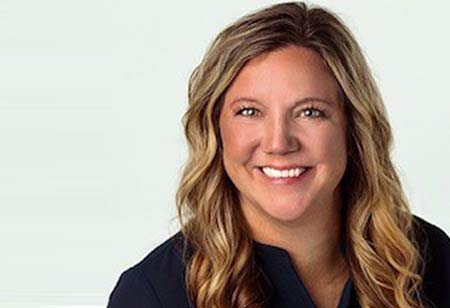Thank you for Subscribing to Healthcare Business Review Weekly Brief

Sound Healing with Tuning Fork use in Rehabilitation
Healthcare Business Review
Tuning fork therapy in health care has grown over the past two decades; however, this modality has been used in healing for hundreds of years across many cultures. The use of tuning forks is rooted in Eastern medicine, but this practice modality continues to grow in popularity across Eastern and Western medicine. There are over twenty years of documented case studies and research on the impact of sound therapy to support health and wellbeing.
There are two styles of tuning forks: weighted and unweighted. Weighted tuning forks have weights on the ends that amplify the sound and are used directly on the body; unweighted tuning forks are used off the body and do not have the same amplitude or frequency but have a clear, precise sound.
Unweighted tuning forks are used off the body, on either side of the head and close to the ears. Unweighted tuning forks are used for relaxation and meditation and can be effective in quieting the mind. My clinical experience is with weighted tuning forks.
Tuning fork therapy is a very gentle, non-invasive, powerful modality that works with vibratory energy generated through sound
I was first introduced to the use of tuning forks for the treatment of the upper limb by Alison Taylor, an occupational therapist and certified hand therapist. Alison has mentored many OT/CHTs through coursework and education. She has been using tuning forks to facilitate fluid movement, mobilize and remodel scar tissue, soften tissue, manage pain, and balance the nervous system. Her information, education, and exploration in treating upper extremity injuries with the use of tuning forks generated my curiosity, further research, and practice with this sound healing modality.
Tuning fork therapy is a very gentle, non-invasive, powerful modality that works with vibratory energy generated through sound. They can be used by practitioners to target specific areas of the body to promote healing and restore balance to the body. The tuning fork works with the nervous system, tissues, and more subtle energies of the body. Tuning forks can support improvement in the healing of strained muscles and tendons and increase bone density. They can also bring your nervous system into balance. It is deeply relaxing and restoring and can offer long-term benefits.
The technique with weighted tuning forks involves placing the identified tuning fork frequency on acupuncture points, muscle groups, tendons, soft tissue, scars, or points of pain to distribute and balance energy in the body. The various vibration tones of the tuning fork applications reflect back through the body’s tissues and fluids, causing them to relax and decongest. Tuning forks stimulate the flow of lymph and blood to the area of application, assisting in speeding up the healing process. When the tuning fork is used on a scar, it has more mobility; it softens, loosens, and then fluids begin to move across the scar, reducing adhesion and improving pull-through of other critical structures.
There are many ways you can use tuning forks for healing. In my practice, the tuning fork is struck on a rubber mallet or heel of the hand and placed directly on the skin of the target treatment area. The tuning fork should be held by the stem to maximize the sound vibration. Tuning forks have different frequencies which support the treatment of certain areas and injuries. It is important to use the right pitch for your desired results. I have found the best results and patient treatment preference with the use of 68 Hz, 72 Hz, 128 Hz, or a combination of all three. I find satisfaction in exploring injury response with various tuning fork frequencies. Below are examples of frequencies that could be used in rehabilitation for treating injuries:
Tuning Fork 72 Hz:
• Tissue Mobility
• Scar Adherence
• Improves circulation and break down of fibrous and scar tissue increasing the healing process
• Swelling
• Stimulate the flow of lymph and fluid Tuning Fork 128 Hz:
• Fight contractures
• Pain Management (Muscle and bone)
• Triggers the release of nitric acid to relieve pain
• This frequency is especially helpful in alleviating localized pain.
• Alleviate muscle spasm and increase circulation
• Great for relaxing muscles and healing tissue
• Can increase white blood cells and antibodies in the area being treated
• Assist with wound healing treating bruising and ulcers
• Relaxes the nervous system/nervous system balance
•Scar adhesion
• Improves circulation and break down of fibrous and scar tissue increasing the healing process. Tuning Fork 256 Hz:
• Balance the anxiety, stress, worry and fear
• Grounding frequency
• Scar adhesion
• Improves circulation and break down of fibrous and scar tissue increasing the healing process.
• Assists with decreasing Hypersensitivity
Sound healing with the use of tuning forks is a safe and effective way to support healing of injuries to the upper limb. I have been pleased with the positive impact adding this sound healing modality has had in my practice. There are several resources that support this use of tuning forks in clinical practice.









